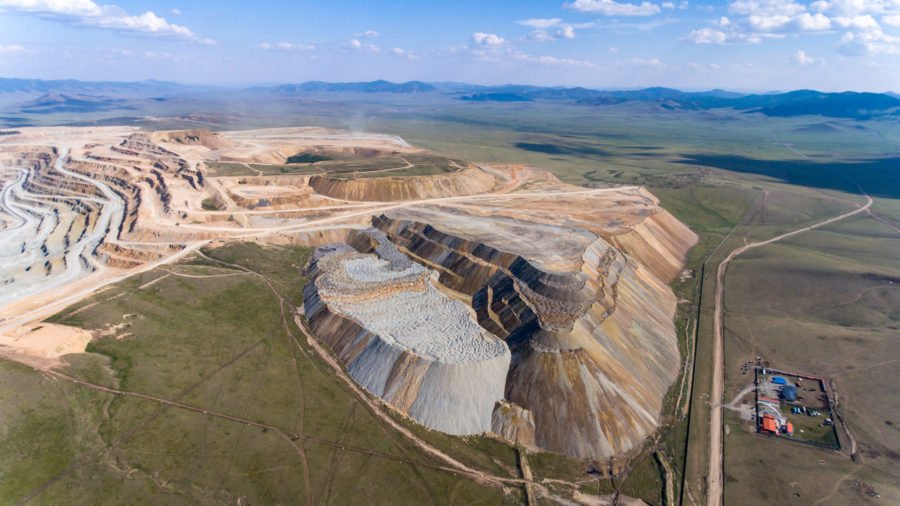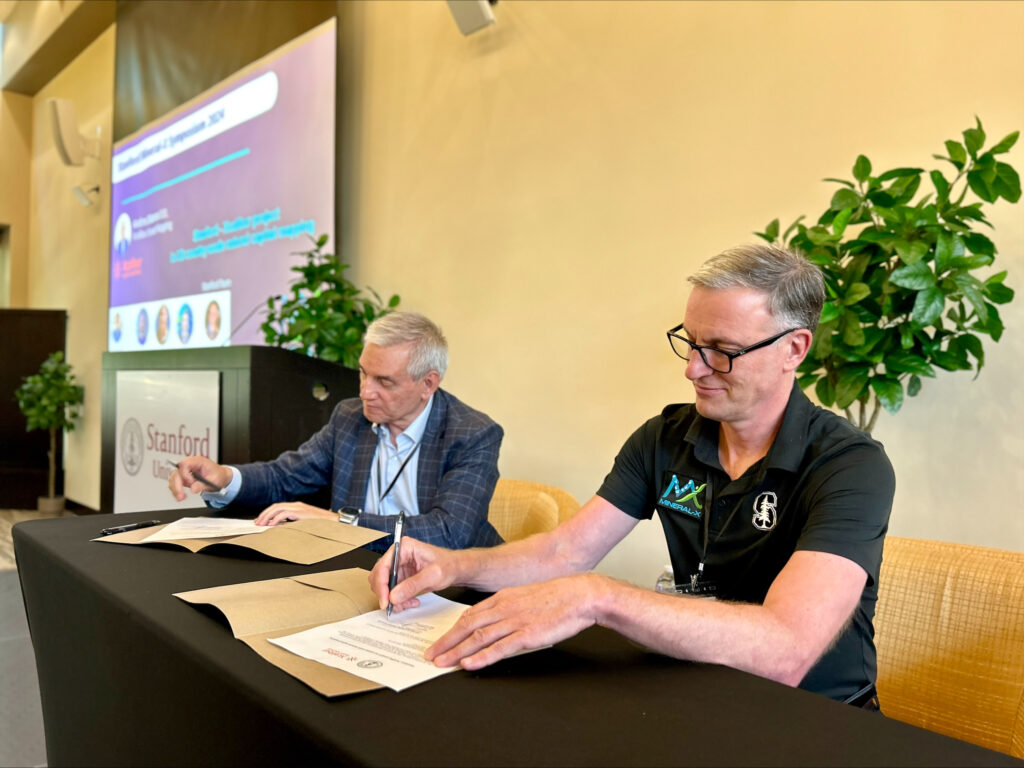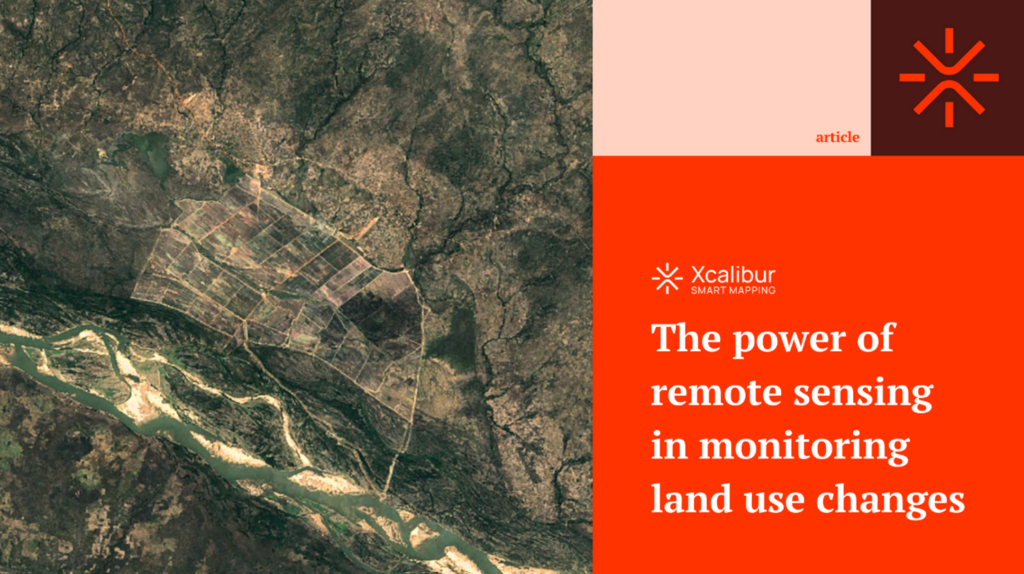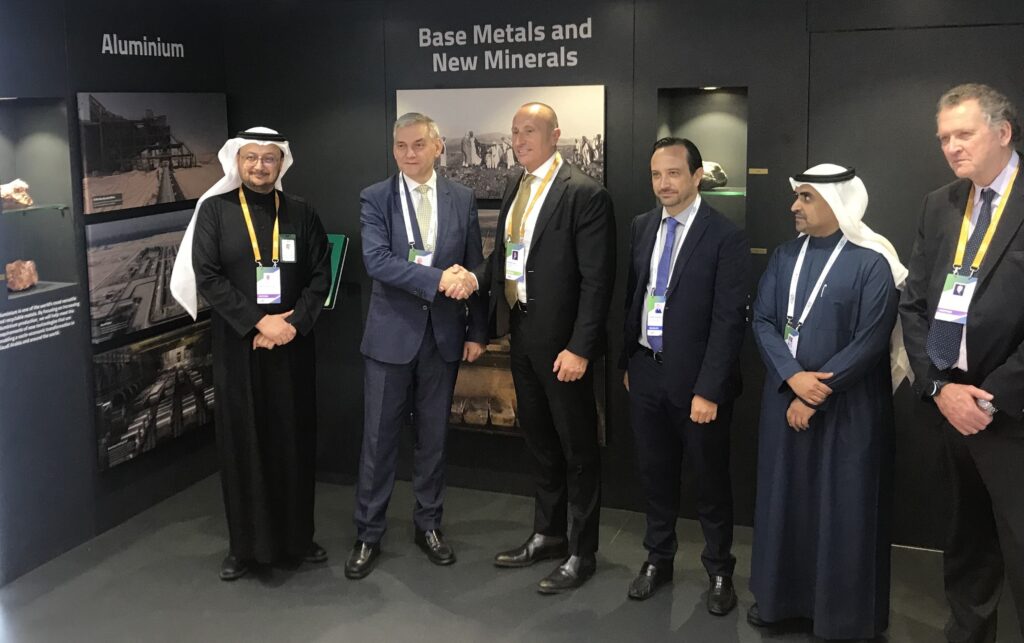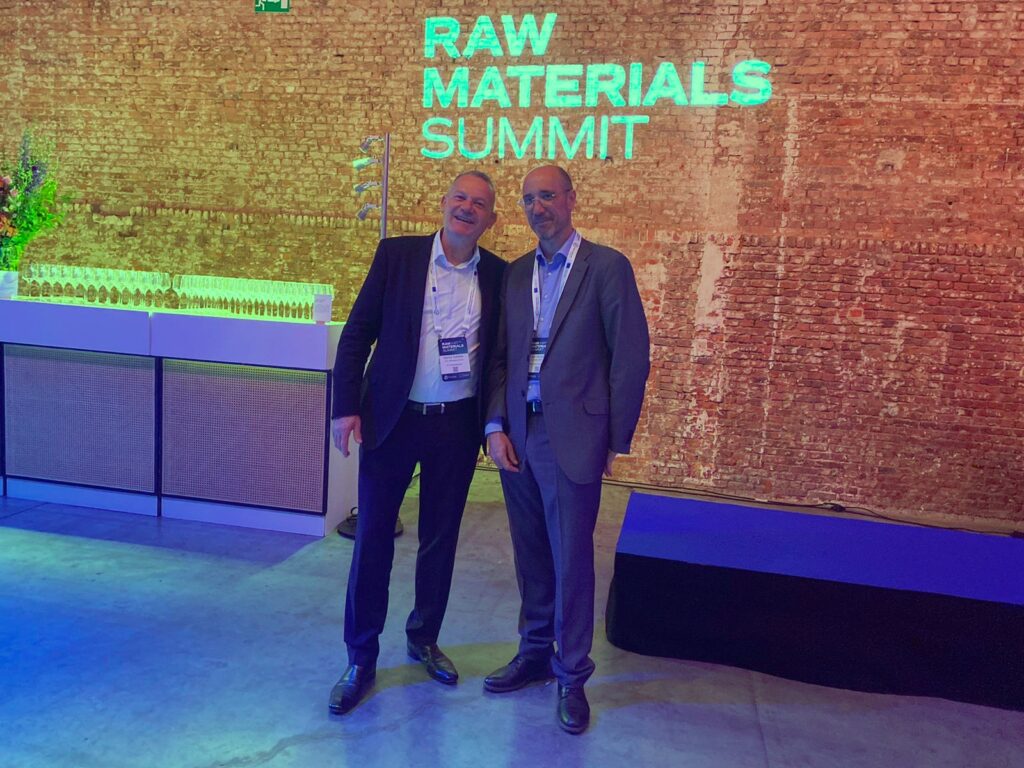Hydrogen Mapper Solution
Fast -tracking natural hydrogen exploration is pivotal in achieving the energy transition and reaching net-zero emissions.
Xcalibur’s unique and innovative technology solutions can fast-track your natural hydrogen exploration.
Everyone wants to live in a clean, healthy environment. As stewards of our beautiful earth, we should want to leave it better than we found it. Hydrogen is often described as the future of clean and affordable energy. However, currently over 90% of the world’s hydrogen is produced from energy generated by burning fossil fuels. This provides no progress in reducing carbon emissions. It is like recharging your EV with a diesel generator. Using renewable energy to create Hydrogen is a step in the right direction, but still comes with a large carbon footprint, and is an expensive way to produce Hydrogen. What if we could find naturally occurring hydrogen stored within in geological horizons and extract it safely and cheaply using existing technology.
This would be a very low-cost and zero-carbon energy source, emitting water as the only by-product.
Revolutionizing the Clean Energy

Maximizing Efficiency
Supply with Minimal Costs & Emissions
Natural hydrogen is generated continuously through naturally occurring processes in the subsurface. Thousands of wells have encountered natural hydrogen – however there was previously no incentive to develop and commercialize.
Natural hydrogen exploration today is analogous to early years of the oil and gas industry (150 years ago). While early, the natural hydrogen industry is positioned to move fast given it’s a primary source of scalable and 24/7 dispatchable supply.
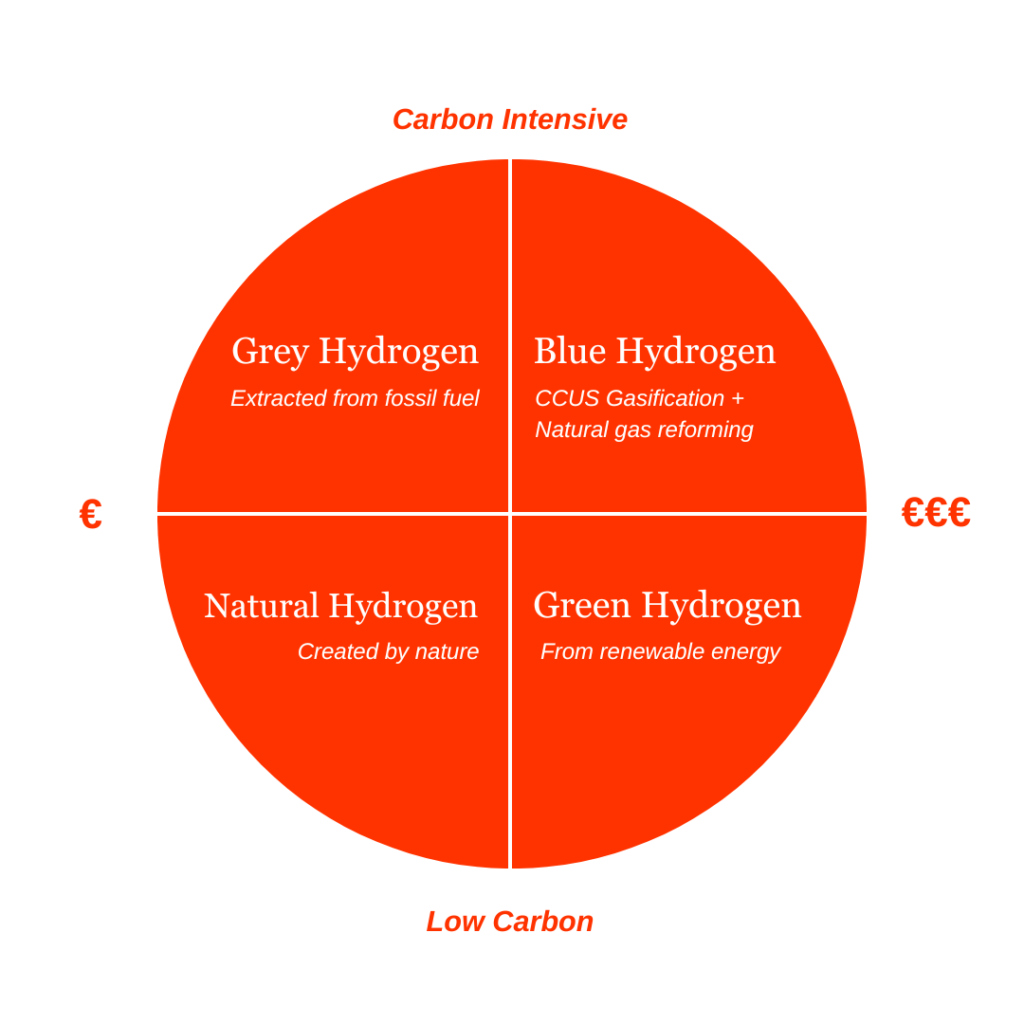
The Natural Hydrogen Generation Process
When looking for potential source areas, we clearly need to focus on iron-rich rocks. Here, the presence of gravity and magnetic anomalies are characteristic of such lithology. The serpentinization process produces magnetite and H2. Airborne magnetics will see the magnetite enrichment. High resolution airborne gravity and magnetic surveying is crucial, and Xcalibur is a world leader in conducting these geophysical surveys.
Apart from identifying the source rocks, these geophysical methods will also map the fault networks, which allow fluid to circulate in the system, thereby allowing hydrothermal alteration process to occur, and identify potential hydrogen migration paths and trap mechanisms.
We need to know basement geology – seismic alone cannot provide information on basement lithology, bur gravity and magnetic methods can. There is some evidence to suggest increased Thorium (Th) concentration levels associated with Hydrogen seeps. We can use radiometric methods to measure the Th anomaly.
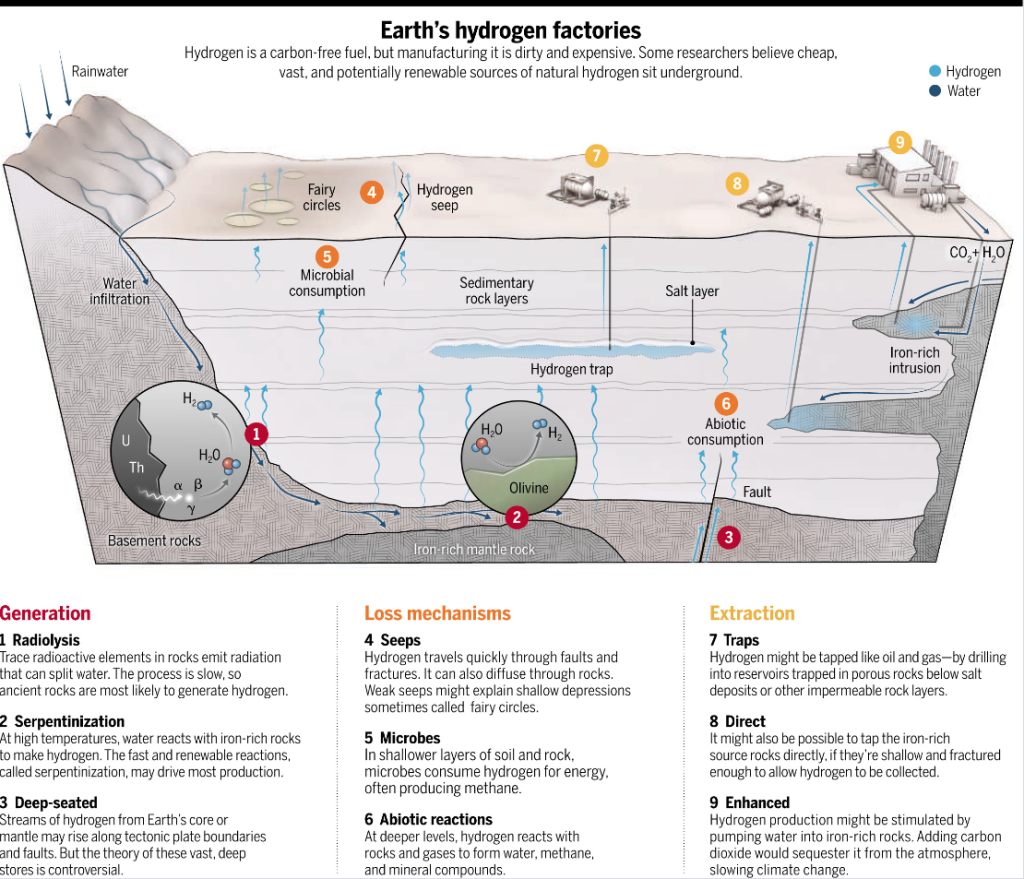
The Hydrogen Rainbow
Hydrogen is hydrogen…So why do we hear about so many ‘colors’ of hydrogen?
The Hydrogen Rainbow, as it has been termed – is a way to differentiate the energy source of the manufacturing process of hydrogen production. For example, BLACK HYDROGEN uses coal to generate the electricity used to produce hydrogen via an electrolysis process, cracking water into its base components, Hydrogen and Oxygen. This is relatively cheap but has a very high carbon footprint.
GREEN HYDROGEN makes hydrogen in exactly the same way but uses renewable energy such as solar or wind energy to power the process. Clearly this has a lower carbon footprint than black hydrogen, but is expensive, given the end-to-end cost of renewable energy. There are many other ‘colors’ of hydrogen (which itself is a colorless and odorless gas).
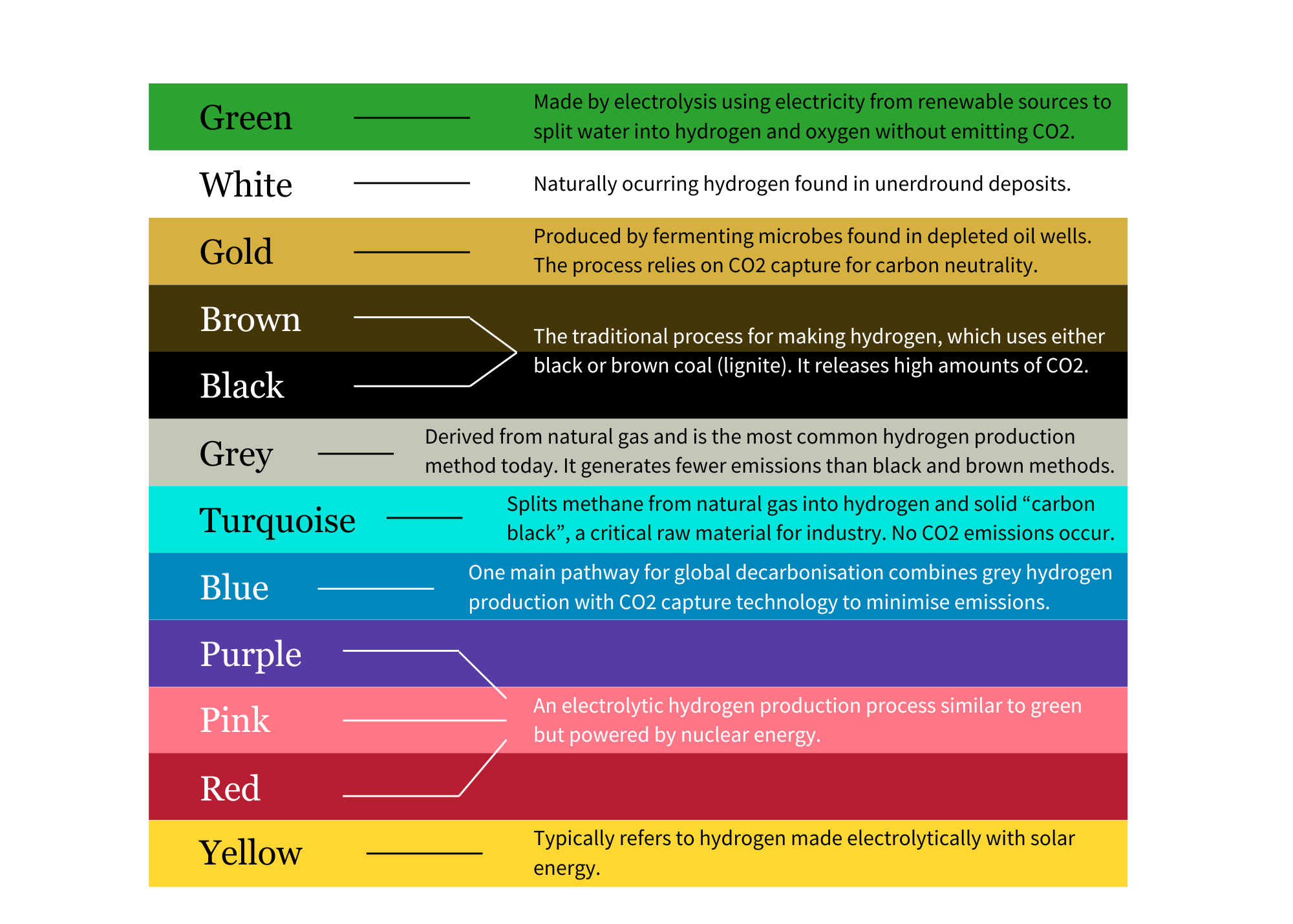
To confuse matters more, NATURAL HYDROGEN is also known by several names. In the color convention it is known as ‘white’ or ‘gold’ hydrogen, it is often also referred to as ‘geologic’ hydrogen.
Natural hydrogen is renewable as it is continuously generated by geochemical reactions within the earth. These reactions, known as serpentinization and radiolysis occur in specific rock types. These rock types can be identified with Xcalibur’s mapping technology.
Natural Hydrogen
Natural hydrogen projects

